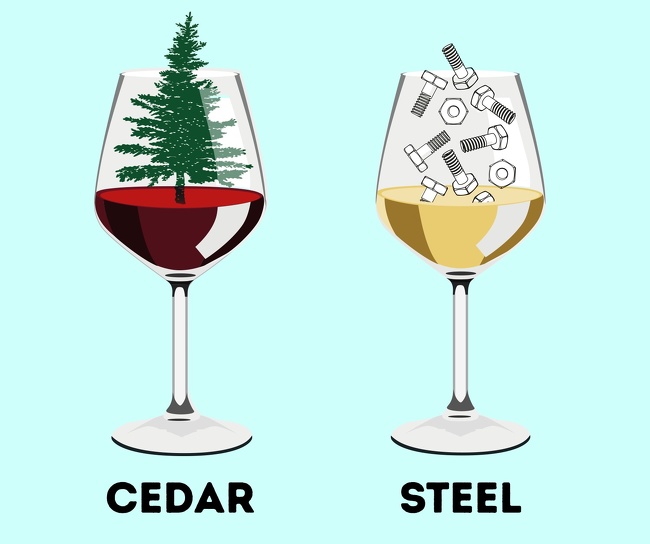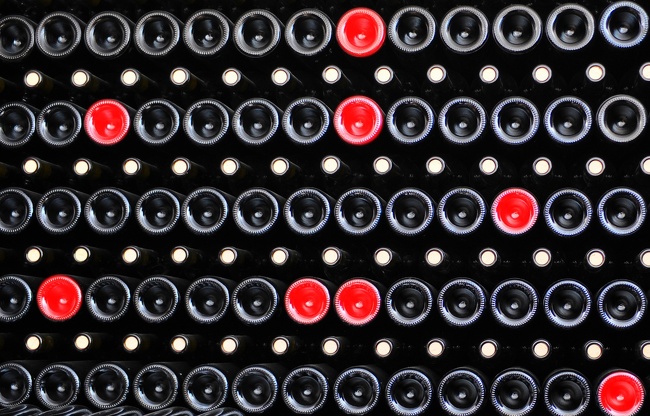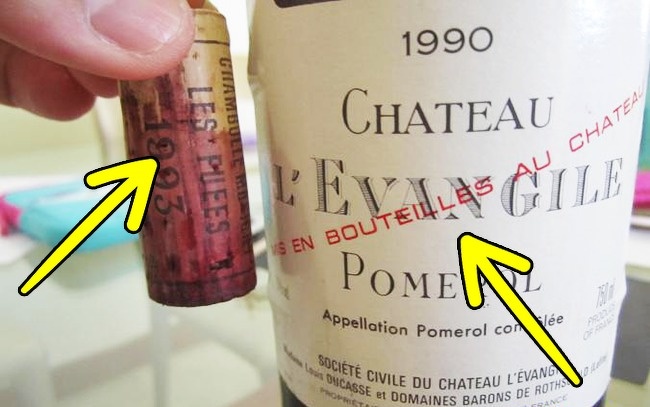Robert Parker, one of the most influential wine critics in the world, created a 100-point scoring scale to estimate the quality of wine. According to his approach, wines that score 50-59 points are considered unacceptable. But every wine gets 50 points by default! We seriously doubt that fake wines can make it even to that point.
We feel sorry for people who got sick after a party with “expensive and premium” wines. That’s why we decided to share some few tips on how to spot a fake wine and keep all the guests healthy.
Types of fake wine
- Powdered wine: evaporated to a dry residue grape must and diluted with water and alcohol with flavorings.
- Synthetic wine:a combination of water, yeast, sugar, citric acid, alcohol, flavorings, and preservatives that have nothing to do with grapes.

- Gallicized wine: a low-quality wort with water and sugar to reach the required density.
- Wine drink from pulp: pressed grapes.
- Low-quality wine with glycerol to improve the taste.
- An acidic wort “softened” with alkaline additives.

- With preservatives: wine made with accelerated wine-aging technology, with salicylic acid to prevent souring.
- Mixture: a blend of poor quality wine and a good one to give the drink a more palatable smell and taste.
- Tinted: a mixture of wines with dyes (not always natural) to achieve the desired color.
- Substitution: low-quality wine with the substitution of labels, plugs, excises.
- Camouflage: bottling of low-quality wine under the name of a famous brand.
What you should pay attention to:
At the shop:
- We would like to remind you that box wines are of low quality. A good manufacturer never stores wine in such a packaging.
- The amount of sugar in wine should be the following: for dry wines — up to 4 g/l; for semi-dry — up to 18 g/l; for semi-sweet — up to 45 g/l, for sweet — at least 45 g/l. If there’s more sugar and the label doesn’t state that the wine is fortified, then it was added artificially.
- If the wine contains salicylic acid, it means that it was made with a violation of manufacturing technology. But the ingredient E220 (sulfur dioxide) can be present in any wine since SO2 is a natural byproduct of fermentation.

- The date of manufacture must be stamped separately from the other information on the label. All fonts must be clear, without typos, blurring, or defective printing. The inscription on the label must correspond to the inscription on the plug.
- Vintage wine (infused in oak barrels) can’t be powered. As well as synthetic dry wines don’t exist. It happens because it is cheaper and easier to make a sweet concentrate that’s roughly similar to the taste of wine.
- If you are a connoisseur of a certain wine brand, then you should be warned by changes in the design of the original bottle.

At home:
- If you add a pinch of baking soda in natural wine, it will change its color thanks to a chemical reaction with grape starch. The synthetic one will remain the same.
- If you add a few drops of glycerin to natural wine, they will sink to the bottom and the wine won’t change color. However, if the wine turns yellow or red, it’s powered.
- If you shake a bottle of high-quality wine, the foam will gather in the center of the bottle and will disappear quickly. If it gathers around the edges and settle down slowly, the wine isn’t of the best quality.
- Add a drop of wine on a piece of chalk. If the stain becomes brighter after it dries, it’s natural wine. If the stain changes color, the wine contains dyes.
Your chemical experiments may surprise the guests who brought the wine. But it’s better to be safe than sorry!












